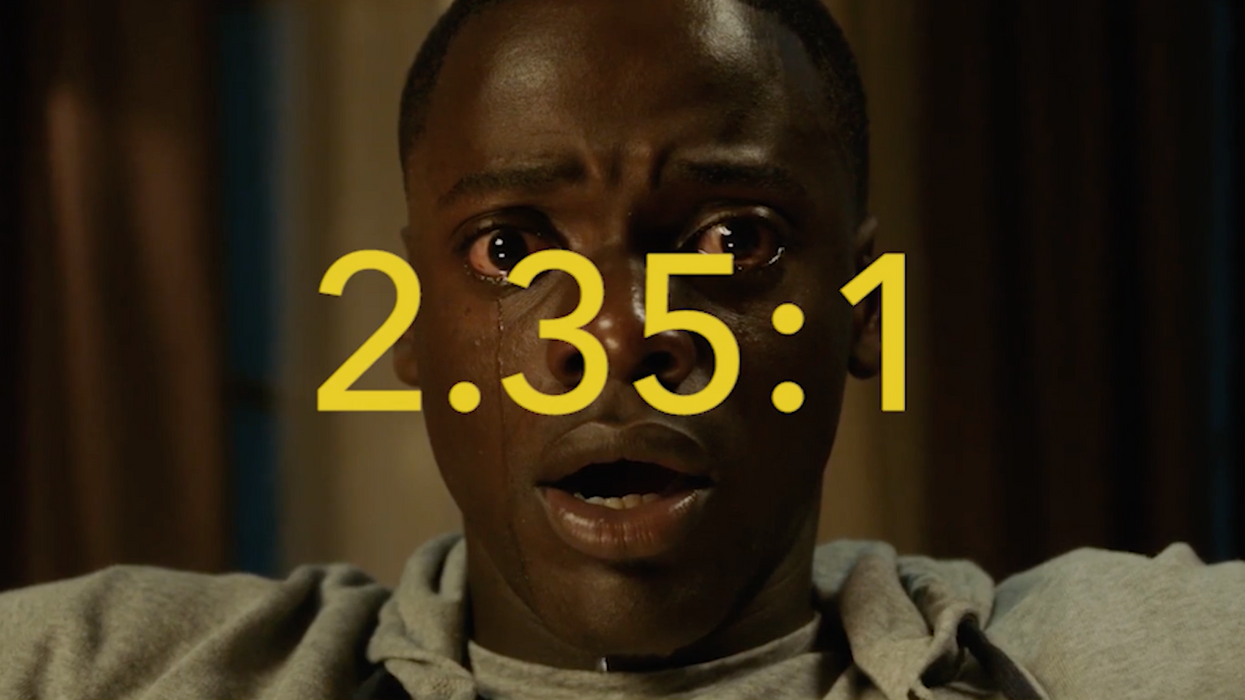How Filmmakers Use Aspect Ratios to Tell Better Stories
Everything within a frame tells a story...even the frame itself.

Aspect ratios may not be the most exciting or sexy thing to talk about in regards to the aesthetics of cinema, but they are important. As the exhibition of films evolved from early peep-show machines to contemporary movie cineplexes so did the size and shape of the cinematic frame, with the square 1:1:33 ratio stretching to 2:40:1 anamorphic.
But despite the close link between aspect ratios and the time period in which they were used, there are actually many stylistic and narrative reasons filmmakers choose particular aspect ratios, whether it's to convey a sense of claustrophobia or to add context to the story that's unfolding within the frame.
In this video from Fandor, Jacob T. Swinney explores the many ways some of the most highly regarded filmmakers have used different aspect ratios as a storytelling device.
While filmmakers from earlier cinematic periods were more or less forced into using the aspect ratio available at the time, filmmakers of today are free to use whichever one they want, effectively turning something as seemingly inconsequential as frame size into a powerful stylistic element in their films.
Sure, filmmakers still may choose to go with an aspect ratio to communicate a time period, like going with the "Academy Ratio" for a film set during the 1930s, but others, like David Fincher, may go with one that allows them to best utilize the space for their creative vision, like using ultra widescreen formats to capture sweeping landscapes.
There are so many reasons to go with different aspect ratios, as well as methods for taking advantage of the space the frame provides, but if this video teaches us anything it's that the aspect ratio of your film should not be a default setting, but a carefully considered creative decision.
Source: Fandor











